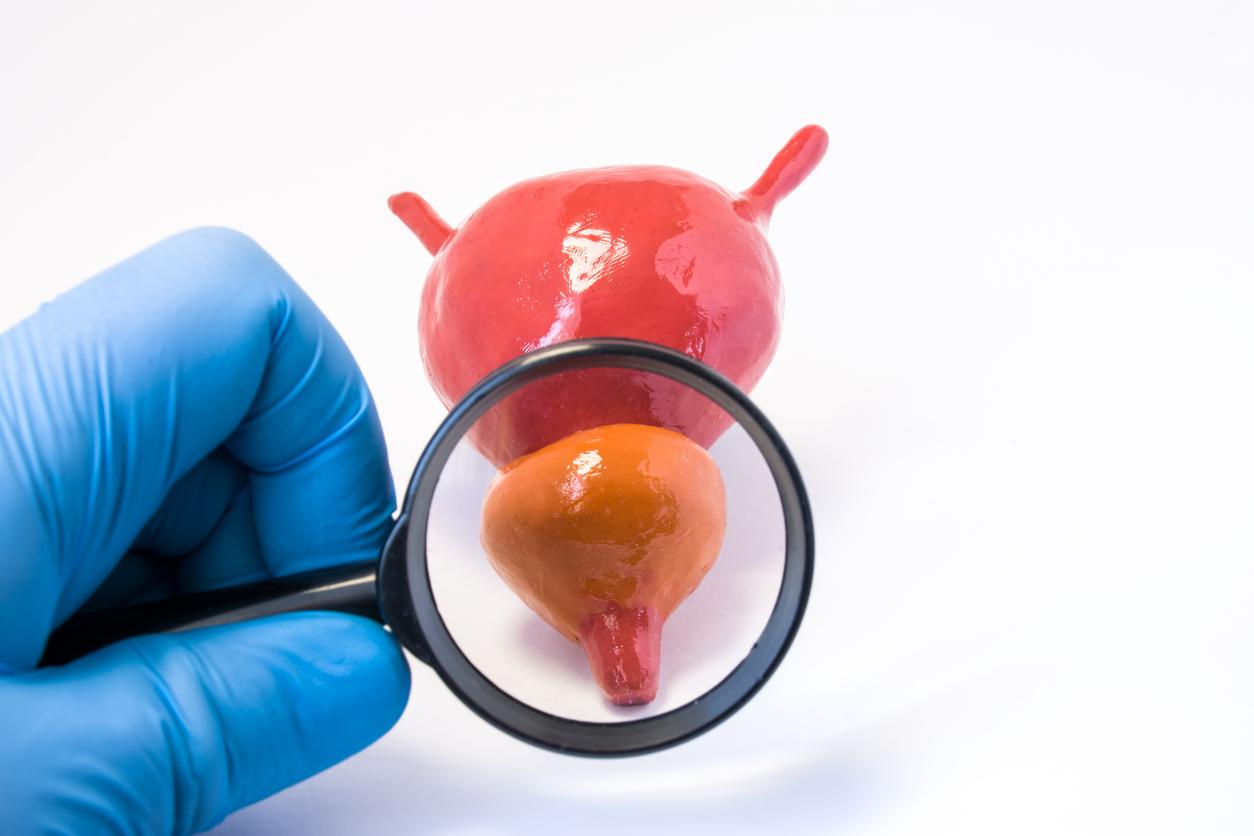The DNA contained in Leonardo da Vinci’s paintings could make it possible to sequence his genome. A project that will allow the identification of his remains in Amboise.

This is the somewhat crazy idea of a group of international researchers gathered around the “Leonardo project” : sequencing Leonardo da Vinci’s DNA in order to discover all its mysteries. Its genome would make it possible to identify the body present in the Saint-Hubert chapel at the Château d’Amboise, but also to establish its family tree and to locate “traces” of its genius in its genetic material.
Researchers in genetics, history, anthropology, genealogy or microbiology hope to be able to find DNA in the paintings of the Italian master, who regularly painted with his fingers. Usable epidermal cells could be trapped in the paint.
“More and more techniques are being developed to recover DNA from people who have touched things. I also think that there is a possibility of biological material inside paintings … The challenge would indeed be to obtain this material without damaging the work of art ”, affirms the geneticist Rhonda Roby, member of Leonardo Project. The first tests could be carried out on one of his masterpieces, the painting of the Adoration of the Magi, in Florence.
Understanding the life of genius
If the researchers succeed in sequencing the DNA, they could finally remove the doubt about the identity of the body buried in Amboise. “Leonardo Da Vinci was buried in a place that underwent changes in the years following his death. The exact location of the tomb has therefore been lost, ”project researchers explain.
If these bones turned out to be those of the inventor, geneticists would give way to anatomists who could then study them from every angle. By examining the morphology or the traumas, it would then be possible to add to learn more about the life of Leonardo Da Vinci: the volume of his skull, the accidents he would have suffered, deformities …
The members of the Leonard Project would like to announce the results of their research in May 2019, around the time of the 500th anniversary of Leonardo da Vinci’s death.
.
















